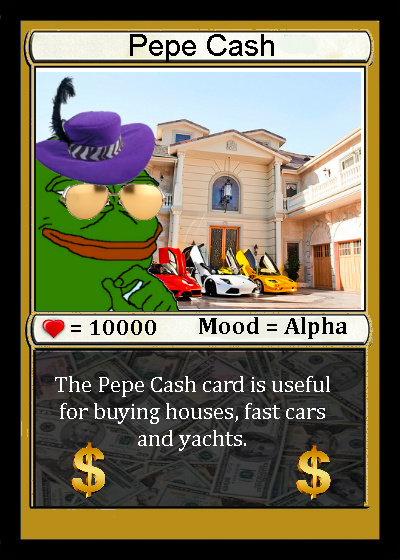After the explosion, searching for the past of BRC-20
Investigating BRC-20's past after explosion.Author: Biteye Core Contributor Fishery Isla This project is similar to Ordinals and also supports the issuance of NFT, Token and other assets on the BTC main chain. It is more decentralized than Ordinals and supports decentralized trading, transfers, splitting, and other operations. And Ordinals completed the Segregated Witness upgrade of BTC some time ago to put all data on the chain in plaintext at a lower cost. Ordinals achieves decentralized storage through brute force, but when it comes to the decentralization of the entire protocol, Ordinals is far inferior to Counterparty: Ordinals’ BRC-20 only uploads transfer plaintext to the BTC mainnet at a high cost, only using the storage layer of BTC, while the execution layer and consensus layer still rely on third-party centralized services up to now.We can imagine a normal blockchain as a combination of a ledger and an accountant. The storage layer of the blockchain is the ledger, and the execution layer, the accountant, is responsible for verifying the account balances of NFTs and tokens. However, for Ordinals assets, there is only a ledger, lacking a decentralized accountant to verify the balances. Each third-party exchange and wallet project needs to index and verify the account balances in the transaction process, making it difficult to ensure that there is no double-spending or misconduct by project parties.02, Rare PepeMany NFT players should have heard of digital assets that were released on some “ancient” blockchains before the concept of ETH NFTs appeared. Rare Pepe card series is a typical OG representative of such ancient digital assets, which were issued on the BTC main chain and Counterparty.Rare Pepe is a variant of the “Pepe the Frog” internet meme, based on the character created by Matt Furie.Rare Pepe was created by artists from all over the world between 2016 and 2018, based on the above meme, and traded in the form of non-fungible tokens (before the concept of NFTs was introduced) on the CounterParty platform.In total, the project released 1,774 official cards in 36 series, with the Nakamoto Card Pepe, considered a classic OG series, having a total circulation of 298.In addition, due to the poor performance of XCP token prices, some community members used digital asset Pepecash (Pepe cash) as the benchmark currency in the XCP ecosystem.

In September 2016, the first Rare Pepe was mined in Bitcoin block 428919, predating the popular Ethereum-based NFTs.
Shortly after, a Telegram chat group was created specifically to discuss Counterparty NFTs. On January 13, 2018, a live auction of rare Pepes was held in New York City, including a valuable Pepe based on Homer Simpson that sold for $38,500, and was viewed by representatives from the Metropolitan Museum of Art, the Museum of Modern Art, and the Sotheby’s Art Institute.
- Facebook’s issue of stable currency is likely to fail
- Vitalik: Radical Market, ZK, Privacy and more
- Interview with She Knows|Exclusive dialogue network project TOP Network, Fetch.AI, IEO will continue to fire?
Three years later, it was sold by the buyer for $312,000.
(Transaction record of Rare Pepe cross-chain to ETH Opensea via Emblem Vault)
03. Bitcoin “Stamps” and SRC-20
Inspired by Oridinals Inscriptions and BRC-20, the Counterparty community launched BTC Stamp and SRC-20, similar to ERC-1155 semi-fungible tokens or digital collectibles.
However, they are stored directly on unspent transaction outputs (UTXOs) in Bitcoin, and these records are directly stored in BTC transfer data – rather than in witness data like Ordinals. Therefore, the gas cost for Stamp/SRC-20 minting is much higher than Inscriptions, so it has not yet formed a market effect like Ordinals.
Further performance depends on the degree of support for stamps and SRC20 in the Counterparty ecosystem. If supported, SRC-20 will directly gain compatibility with Counterparty’s series of infrastructure, which will be more decentralized than BRC-20, which requires centralized indexing.
04. Summary
Inscriptions, BRC-20, tokens, NFTs on the Bitcoin network, are not innovative things from the development history of blockchain, but most users entered the market after 2018, so they are indeed a novelty.
As summarized at the beginning of the article, the three main factors of success are innovation, narrative, and gameplay, and Ordinals did the right thing at the right time.
That being said, the price of investment products will eventually return to their value, so will the prices of similar old projects follow Ordinals, or will Ordinals follow in the footsteps of old products?
Or will Ordinals continue to have independent market trends following the old saying “sell new, not old”? This remains to be seen.
We will continue to update Blocking; if you have any questions or suggestions, please contact us!
Was this article helpful?
93 out of 132 found this helpful
Related articles





